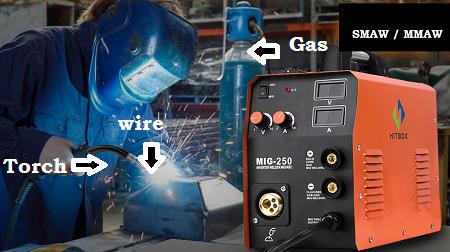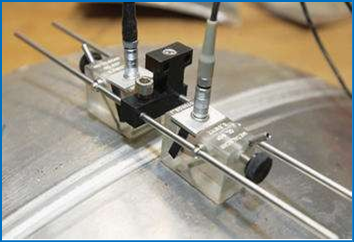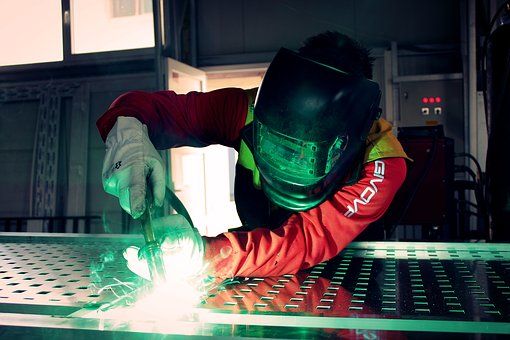blogs
blogs
blogs
Welding of Stainless Steels
Welding of Stainless Steels: General Concepts: Stainless steels, resumed here in a general way, are defined as steel alloys, where the chromium content ranges from 10.5% to 30%. There are five distinct types of stainless steel:blogs
NDT – Few Other Methods
Here are some rarely used NDT – Few Other Methods 1. Eddy Current Testing – ET: Eddy-current inspection uses electromagnetic induction to detect flaws in conductive materials. A circular coil carrying current is placed in proximity to the test specimen (electrically conductive). The alternating current in…blogs
Non destructive Testing (NDT)- Common Methods
Non destructive Testing (NDT)- Common Methods are: Visual Inspection – VT Liquid Penetrant Testing – LT Magnetic Particle Testing – MT Radiographic Testing – RT Ultrasonic Testing – UT 1. Visual Inspection – VT: Visual inspection after welding is very useful in evaluating quality, even if…blogs
Recommendations for Welding
We would see about Recommendations for Welding of Structural Steel as per AWS D1.1 , 2020 revision Groove Weld: (Clause 4.4.1) Weld Length : shall be the width of the parts joined , perpendicular to the direction of compressive or tensile stress, Weld Size: Thickness of thinner…blogs
STANDARD SPECIFICATIONS FOR WELDING PROCEDURES
The sole purpose of welding procedures is to describe the details that are to be followed in the welding of specific materials or type of joint. The following is a list of standard specifications for welding procedures that are normally covered in welding procedures…blogs
Welding Standards-Positions for Welding Pipe
Positions for Welding Pipe For welding pipe in shops, power plants, oil refineries, and chemical plants for crude oil, gasoline, and natural gas, the same basic welding positions described previously are used. Flat Butt Weld Pipe Position…blogs
Equipments and materials for NDT lab set up
Equipments and materials for NDT lab set up Radiography Testing: 1) X-Ray tube head -450 kV capacity ( only if construction of a exposure room with approval from government is possible) 2) RT Films (D4 ) 3) lead screen 0.125mm, 0.25 mm 4) Film casettes 5) set of IQI -wire…blogs, Training
Acceptance Criteria for Liquid Penetrant Testing -LPT
Acceptance Criteria for Liquid Penetrant Testing -LPT as per ASME , AWS and API standards Liquid penetrant testing simply called as PT. Sometimes Dye Penetrant Testing is a surface defect detection NDT method and is more sensitive to all kind of surface defects, such as…blogs, Training













